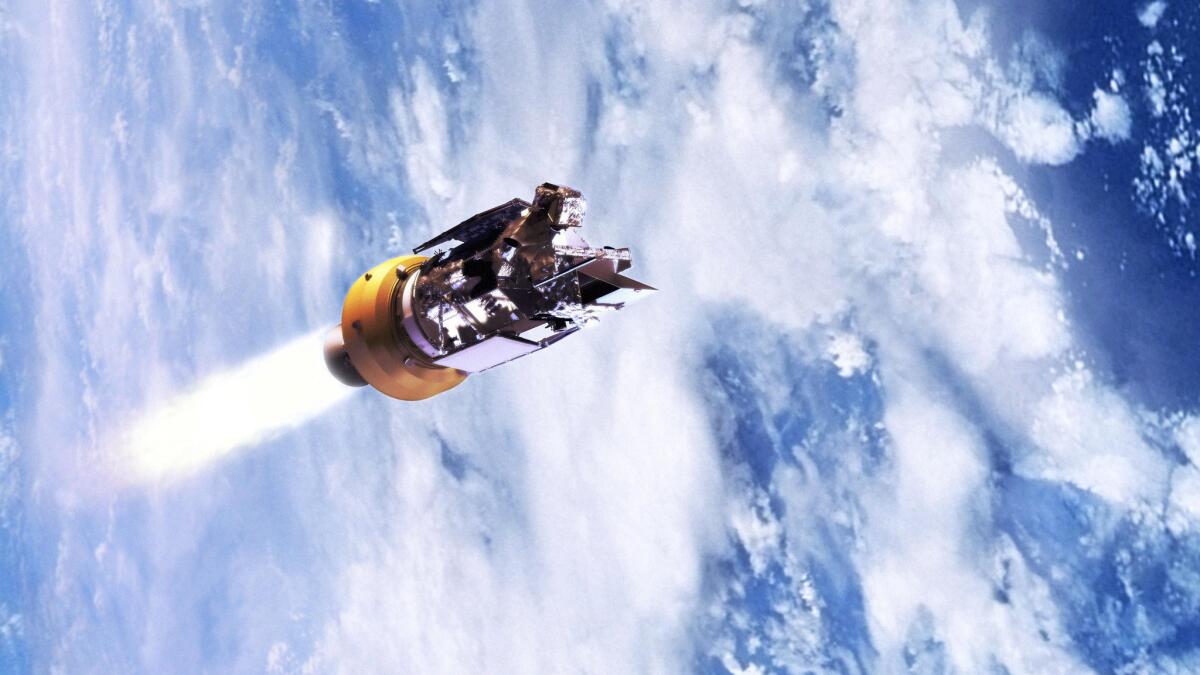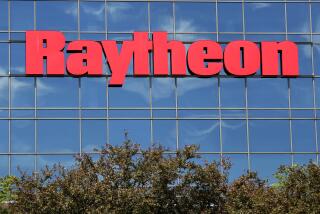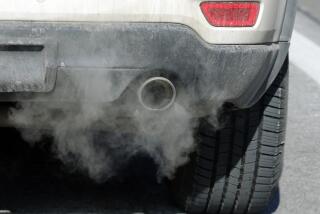NASA says a parts testing fraud caused $700 million in satellite failures

- Share via
A metals manufacturer faked test results and provided faulty materials to NASA, causing more than $700 million in losses and two failed satellite launches, according to an investigation by the U.S. space agency.
The fraud involved an Oregon company, Sapa Profiles Inc., which falsified thousands of certifications for aluminum parts over 19 years for hundreds of customers, including NASA.
The bad parts were used in the making of Taurus XL, a rocket that was supposed to deliver satellites studying the Earth’s climate during missions carried out in 2009 and 2011. The launch vehicle’s fairing, a clamshell structure that encases the satellite as it travels through the atmosphere, didn’t fully open, causing the unsuccessful launch, according to a statement from NASA.
“When testing results are altered and certifications are provided falsely, missions fail,” said Jim Norman, director for launch services at NASA in Washington. He added that years of scientific work were lost because of the fraud.
Launched in 2009 from Vandenberg Air Force Base north of Los Angeles, NASA’s Orbiting Carbon Observatory, or OCO, was intended to measure the amount of carbon dioxide in the atmosphere. But after the fairing did not separate, the satellite failed to reach orbit.
The 975-pound spacecraft was built in Dulles, Va., by Orbital Sciences Corp., which also made the Taurus XL rocket. After the launch failures, the Taurus XL was upgraded and renamed Minotaur-C. That rocket launched for the first time in 2017.
Last year, Orbital ATK was acquired by Northrop Grumman Corp.
NASA’s Glory satellite — which launched in 2011 from Vandenberg and was designed to determine the effects of aerosols and the sun’s radiant energy on the Earth’s climate — similarly failed to reach orbit. The satellite’s aerosol measurement sensor was built by Raytheon Space and Airborne Systems in El Segundo.
News of the satellite failures comes a week after Norsk Hydro ASA, the current parent company of Sapa, agreed to pay $46 million to NASA, the Department of Defense and others to resolve criminal charges and civil claims related to the fraud, which took place from 1996 to 2015.
The company admitted that employees had faked test results related to the metal’s strength and reliability under pressure. Sapa Profiles, now known as Hydro Extrusion Portland Inc., also agreed to plead guilty to one count of mail fraud and is barred from U.S. federal government contracting.
“Corporate and personal greed perpetuated this fraud against the government and other private customers, and this resolution holds these companies accountable for the harm caused by their scheme,” said Brian Benczkowski, assistant attorney general of the criminal division at the Department of Justice, in an April 23 statement.
A spokesman for Norsk Hydro said the case has been settled. Last week, it said it has invested “significant time and resources to completely overhaul our quality and compliance organizations.”
Times staff writer Samantha Masunaga contributed to this report.
More to Read
Inside the business of entertainment
The Wide Shot brings you news, analysis and insights on everything from streaming wars to production — and what it all means for the future.
You may occasionally receive promotional content from the Los Angeles Times.










